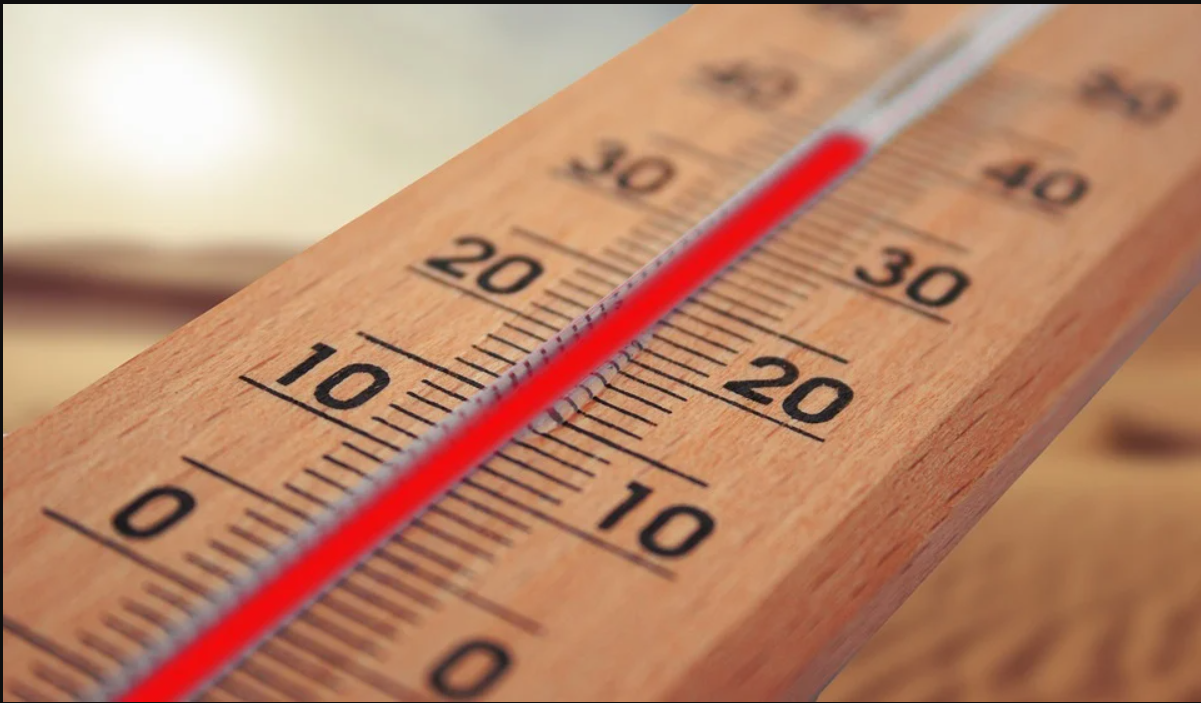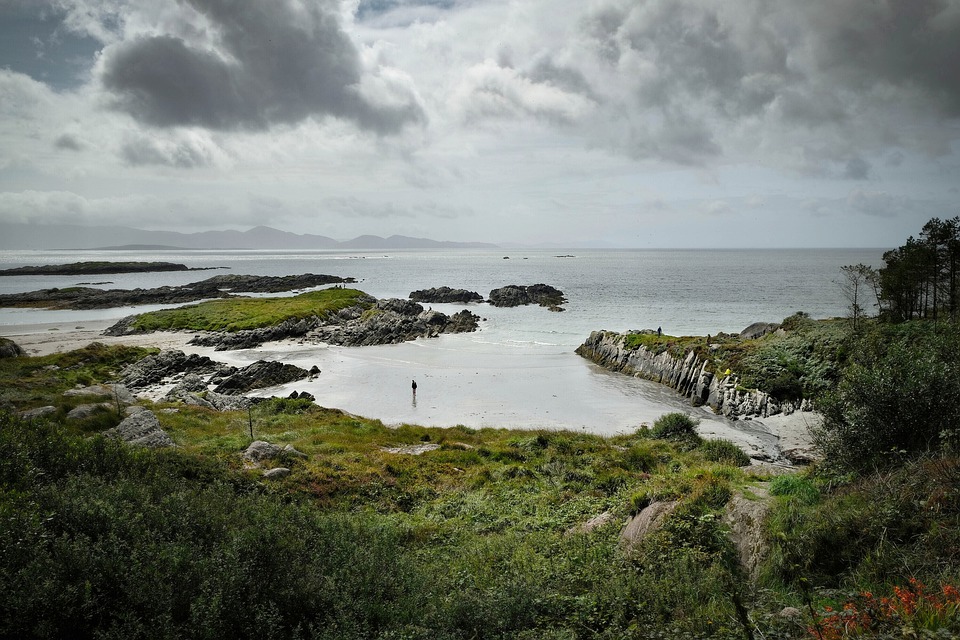
The Green Scene: Heat Related Deaths Caused by Climate Change & Irish Beaches and Covid19.
The ‘Green Scene’ Series on Newstalk is a weekly update on energy and environmental matters with Pat Kenny and MaREI Director Brian Ó Gallachóir.
On June 2nd, 2021, Brian Ó Gallachóir spoke about heat related deaths caused by Climate Change & Irish Beaches and Covid19.

1. Climate change to blame for 37% of world’s heat-related deaths
1. The New Scientist reported yesterday that climate change is to blame for an average 37% of heat-related deaths globally in the past three decades.
2. Every continent saw an increase in deaths from heat linked to climate change over the period, but the percentage of heat deaths linked to climate change varied widely across the world.
3. The proportion was much higher in Central and South American countries including Guatemala and Colombia, and more than 50% in Kuwait and Iran in the Middle East, and the Philippines in South-East Asia.
4. The percentages were much lower in the US and Canada, and much of Europe.
5. The team took temperature and mortality data from 43 countries between 1991 and 2018, and modelled a counterfactual world without the 1.1°C of warming the world has seen to date. The difference was used to estimate the number of climate-linked heat deaths.
6. To account for people in different parts of the world being acclimatised to different heat extremes, the researchers tailored the risk of death from rising temperatures for all 732 locations in the study, so high temperatures in Berlin resulted in a greater increase in deaths than in Johannesburg.
7. “The main message is climate change is not something that will come in the future. It’s already happening, and we can quantify the negative impacts,” says Antonio Gasparrini at the London School of Hygiene & Tropical Medicine, one of the research team.
8. Chloe Brimicombe, at the University of Reading, UK, who wasn’t involved in the research believes that the study’s estimate, of 9702 deaths a year linked to heat caused by climate change, is an underestimate of the true death toll, because the research only looked at the four warmest months in each country. “Heat-related deaths have and do occur outside these months. This is especially true in the tropics where heat extremes can occur all year,” she says.
9. There are other reasons the real number may be higher too. Gasparrini says the big caveat to the work is that the team was were unable to source data for large parts of the world. Most of Africa and the whole of India, two of the most heat-afflicted regions on Earth, were omitted because data was unavailable.

2. Good news on Irish beaches or is it as we emerge from the COVD-19 pandemic
1. The number of Blue Flags awarded (93) this season set a new record for the Republic of Ireland.
2. The Blue Flag is one of the world’s most recognised eco-labels.
3. The Blue Flag originated in France in 1985 when French coastal Local Authorities were awarded with the Blue Flag for compliance with sewage treatment and bathing water quality criteria.
4. It was launched as an International programme as part of the “European Year of the Environment in 1987.
5. In 1988, the first year sites were awarded outside of France, 19 beaches and 2 marinas received the Blue Flag in Ireland.
6. This year Ireland continues to punch above its weight with a record breaking 93 sites awarded, up 2 on last year’s total.
7. The 83 Irish beaches and 10 marinas that have achieved this accolade must adhere to specific criteria related to water quality, information provision, environmental education, safety and site management.
8. The counties with the most Blue Flags for 2021 are Donegal and Kerry which have 14 Blue Flags for their beaches and marinas.
9. An Taisce – The National Trust for Ireland is responsible for the operation of the Blue Flag programme in Ireland on behalf of the Foundation for Environmental Education (FEE).
10. Blue Flags are awarded on the basis of:
a) Compliance with Blue Flag criteria relating to water quality, facilities for visitors, beach management, environmental education and the provision of information.
b) The results of in-season beach inspections which are carried out on 100% of all awarded beaches.
c) Recommendations of the National and International Blue Flag juries.
11. However, recent analysis from NUIG researchers calls for current EU bathing water-quality monitoring to be revised in light of health impacts of Shiga toxigenic Escherichia coli (STEC E.coli), which can lead to cause serious gastrointestinal illness
12. They studied 84 seawater samples in Cork, Galway and Fingal and found STEC E.Coli in 57% of these.
13. They are concerned that the some bathing waters deemed ‘excellent’ have levels of STEC E.Coli that may be pose a health risk
14. They challenge the EU Bathing Water Directive 2006 criteria i.e. colony forming units (CFU) of E. coli per 100 mL as an inappropriate indicator for bathing water quality – ‘excellent means less than or equal to 250’
15. The research is part of the four-year Pier project (public-health impact of exposure to antibiotic resistance in recreational waters) funded by EPA
The REthink Energy series featuring Green Scene is supported by ESB and The Institute of International and European Affairs.

THE 'GREEN SCENE' SERIES ON THE PAT KENNY SHOW
CATCH UP WITH THE GREEN SCENE PODCASTS ON CURRENT ENERGY AND ENVIRONMENTAL MATTERS
Listen Here

